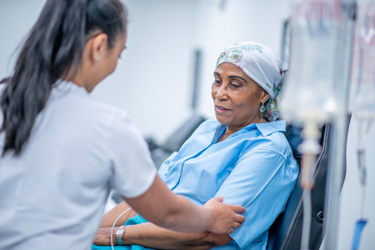How Real-World Data Is Revolutionizing Rare Oncology Drug Development

Rare diseases have smaller patient populations, which make drug development more challenging. This issue is particularly acute within oncology, where many cancers fall into the rare disease category. For rare diseases, it is difficult to locate eligible patients for clinical trials and there is limited information against which to evaluate trial results.
The use of real-world data can help mitigate these problems and accelerate development of potentially life-saving therapies. Incorporating real-world data into the drug development process, however, presents a variety of hurdles. Collaboration is essential and CROs are well-positioned to bridge the gaps between research institutions, pharmaceutical companies, and regulatory bodies.
Key Takeaways:
- Real-world data is essential for the development and administration of precision medicine and other novel treatments.
- Although real-world data holds great promise, it can be hard to access and “one size doesn’t fit all.”
- Collaboration is critical for accessing comprehensive real-world data.
- Regulatory bodies worldwide are re-evaluating the use of real-world data and real-world evidence.
- More work is needed to prepare real-world data for large-scale safety surveillance of patients.
- To fully leverage real-world data, teams must align data generation practices and the drug development process.
Get unlimited access to:
Enter your credentials below to log in. Not yet a member of Clinical Leader? Subscribe today.
